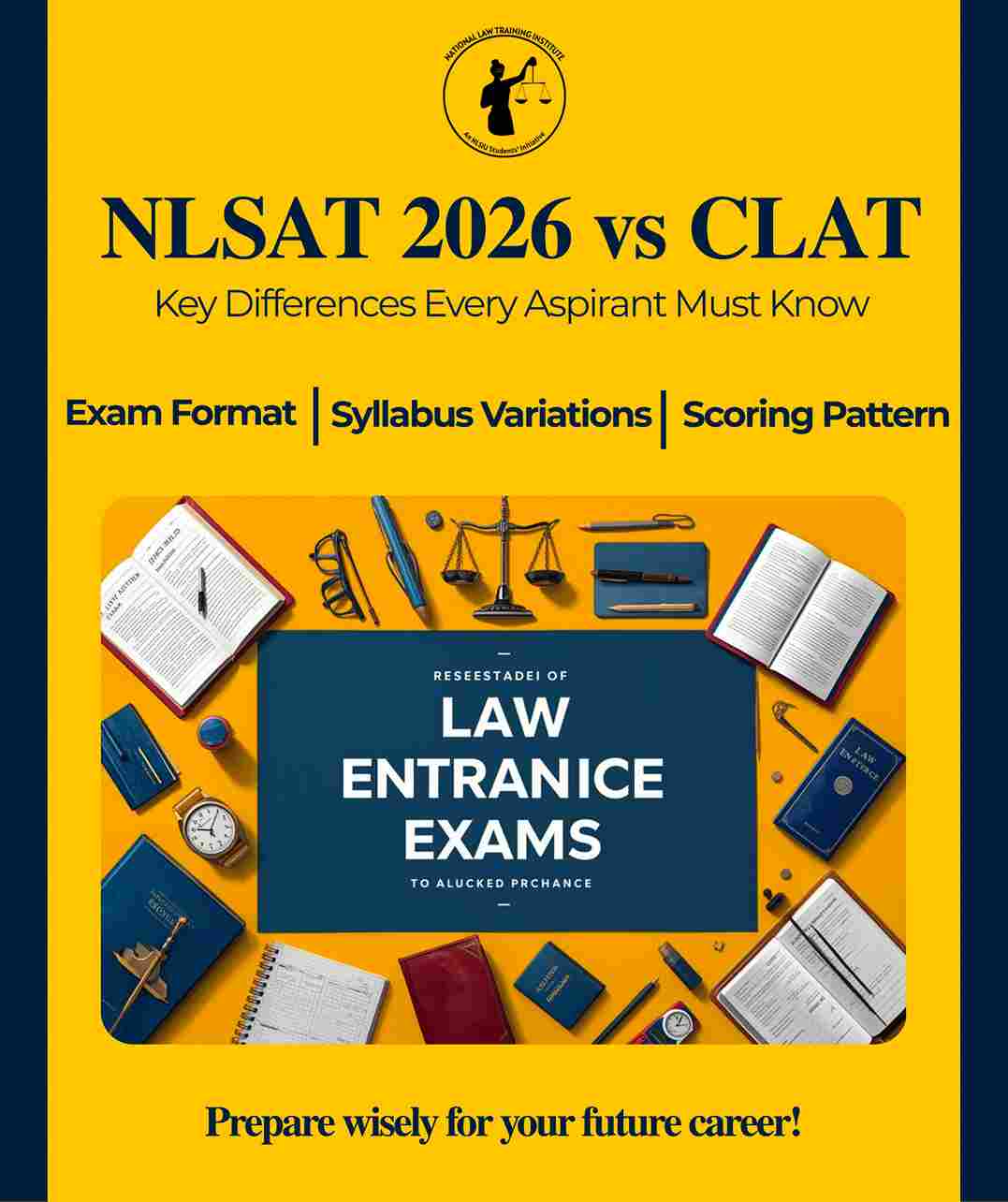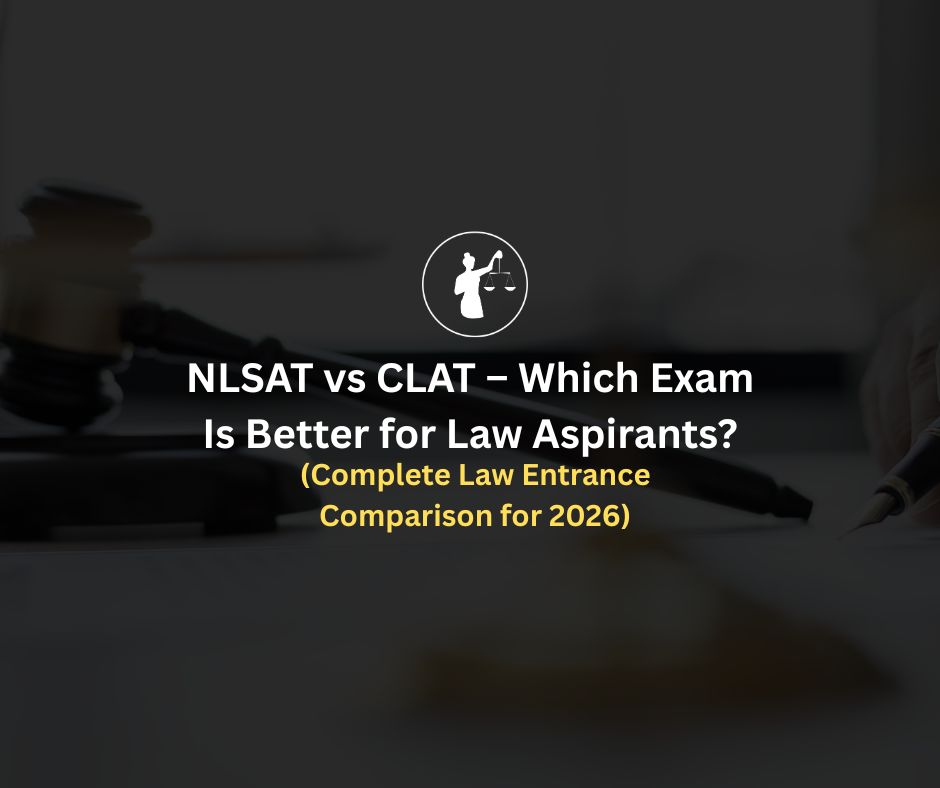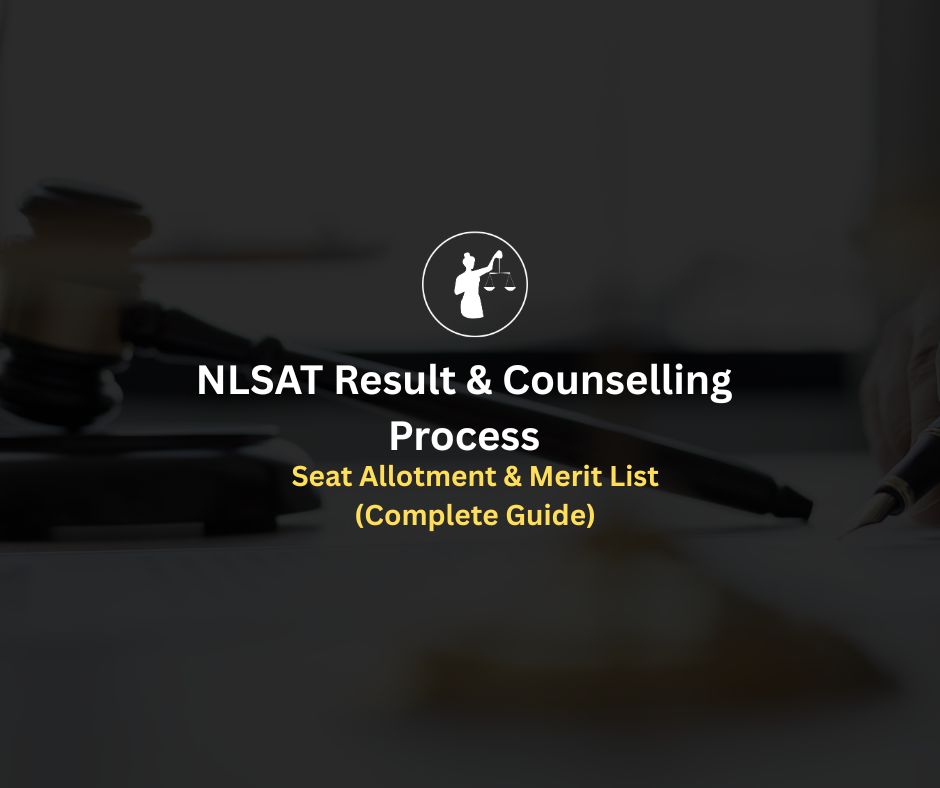
Understand the NLSAT vs CLAT differences in eligibility, exam pattern, difficulty, and career scope. Compare the NLSAT 2026 format with CLAT 2026 to choose the right law exam for your future.
Aspiring law students often ask: “What are the key NLSAT vs CLAT differences?” While both exams are prestigious, they target different audiences, follow different structures, and open distinct career pathways. This guide breaks down the NLSAT 2026 format, NLSAT exam pattern, and how it compares to CLAT 2026 helping you decide which exam aligns with your academic journey.
Check Out NLSAT Online Coaching and Mentorship
Key takeaway: CLAT is the gateway for school-leavers entering law, while NLSAT is designed for graduates seeking a research-driven, interdisciplinary law program.
NLSAT vs CLAT differences here are stark: CLAT offers multiple choices, while NLSAT offers a single, elite program at NLSIU India’s “Harvard of the East.”
Read More : CLAT 2026 Difficulty Prediction: Key Insights from CLAT 2025 Paper
Both are offline, but the NLSAT 2026 format is divided into objective + subjective parts, unlike CLAT’s all-objective approach.
120 MCQs | Duration: 2 hours
Marking: +1 for correct, –0.25 for wrong
Sections Covered:
English Language
Current Affairs & GK
Legal Reasoning
Logical Reasoning
Quantitative Techniques
Part A (Objective – 75 marks):
Comprehension
Current Affairs
Critical Reasoning
Marking: +1 (correct), –0.25 (wrong/unanswered)
Part B (Subjective – 75 marks):
5 Legal Reasoning Qs (12 marks each)
1 Analytical Essay (15 marks)
Only top 1:5 (per seat) from Part A get evaluated in Part B
NLSAT exam pattern vs CLAT exam pattern: CLAT is purely MCQ-based, while NLSAT evaluates writing, analysis, and reasoning depth.
Read More : CLAT 2026 vs AILET 2026: Which Law Entrance Exam is Better for You
CLAT suits students straight out of school. NLSAT, by contrast, is ideal for graduates and career-switchers.
In terms of NLSAT vs CLAT difficulty, NLSAT is harder for many because of its writing-heavy Part B and limited intake.
Read More : How to Analyze Your CLAT 2026 Mocks Like a Topper : Expert Strategy
CLAT 2026: Best for school-leavers seeking broad options across NLUs.
NLSAT 2026: Suited for graduates who want a rigorous, research-oriented program at NLSIU.
In terms of NLSAT vs CLAT difficulty, CLAT demands speed and accuracy across five subjects, while NLSAT tests deeper critical reasoning, legal writing, and essay-based articulation.
For aspirants confused between the two, the decision depends on your stage of education, career goals, and comfort with subjective vs objective testing.





